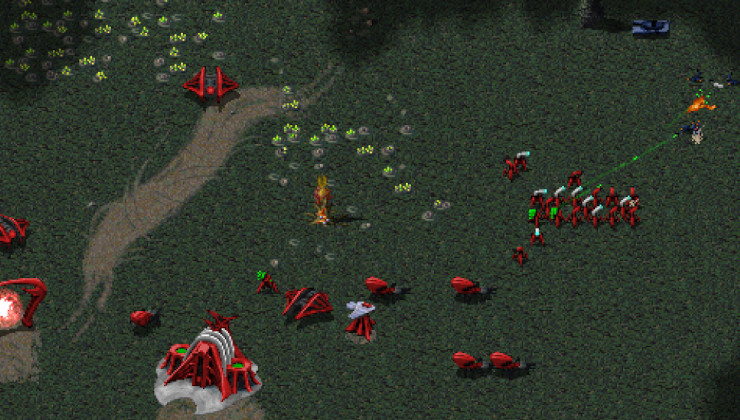Gamescope, the microcompositor from Valve that is used on the Steam Deck that can also be used on desktop Linux, just got a major upgrade.
What exactly does Gamescope do? Think of it like a piece of software that handles display output. So for the Steam Deck, it's what actually displays your games in Gaming Mode. For desktop Linux you can use it to run games directly to force resolution, AMD FSR, NVIDIA Image Scaling, border-less window, full-screen window and more.
Developer Joshua Ashton has been hacking away on HDR support, some of which has shipped in SteamOS 3.5 Preview but another fun addition recently is work on support for ReShade. The documentation for Gamescope has now been updated to note it supports a "subset of Reshade effects/shaders" and so this provides an easy way to layer "shader effects (ie. CRT shader, film grain, debugging HDR with histograms, etc) on top of whatever is being displayed in Gamescope without having to hook into the underlying process".
On their Fediverse social media page, they mentioned with some screenshots:
I got Reshade shaders working under Gamescope/SteamOS today!
Which means we can get Lilium/EndlesslyFlowering's amazing HDR Analysis shaders to work on all HDR games on SteamOS.
This will be super useful for users and developers.
Some other notes from the changes:
There is currently no way to set the value of uniforms/options, they will just be their initializer values currently.
Using Reshade effects will increase latency as there will be work performed on the general gfx + compute queue as opposed to only using the realtime async compute queue which can run in tandem with the game's gfx work.
Using Reshade effects is highly discouraged for doing simple transformations which can be achieved with LUTs/CTMs which are possible to do in the DC (Display Core) on AMDGPU at scanout time, or with the current regular async compute composite path. The looks system where you can specify your own 3D LUTs would be a better alternative for such transformations.
Pull requests for improving Reshade compatibility support are appreciated.
I don't use vkBasalt for this mainly because when last I checked it also did not provide the config overlay.
Last edited by Lofty on 18 Sep 2023 at 9:36 pm UTC
why is an analysis tool required for a game that already has HDR
Considering he is working on HDR support, I'm pretty sure it's useful for debugging purposes.
why is an analysis tool required for a game that already has HDR and conforms to the HDR output standards, don't we just read that and display HDR ?
Well, that could be an invaluable tool for developers as well. And regarding "just displaying HDR", I think it's more complicated than that, as you have to map the colorspace of the application to the one of the screen (think HDR->SDR but with each screen supporting a different subset of the colorspace). It's probably useful for compositor developers as well.









 How to set, change and reset your SteamOS / Steam Deck desktop sudo password
How to set, change and reset your SteamOS / Steam Deck desktop sudo password How to set up Decky Loader on Steam Deck / SteamOS for easy plugins
How to set up Decky Loader on Steam Deck / SteamOS for easy plugins
See more from me